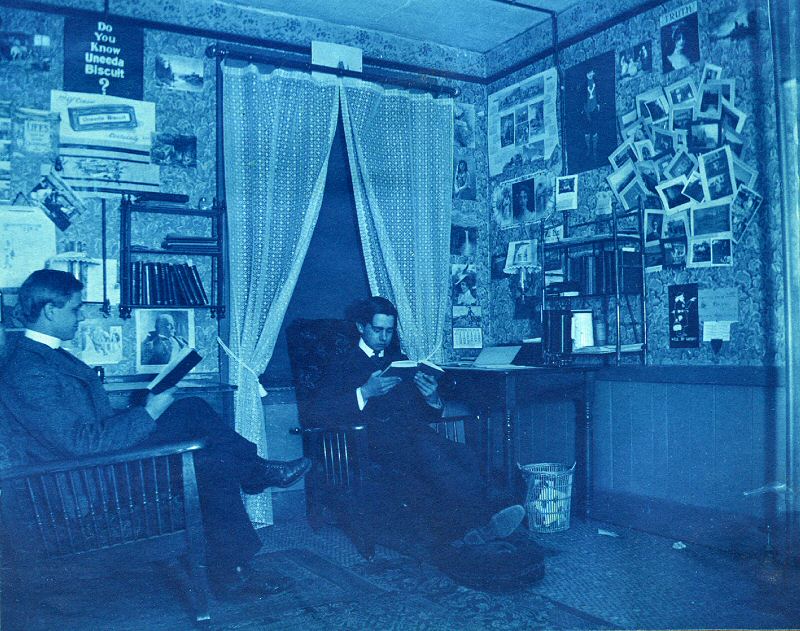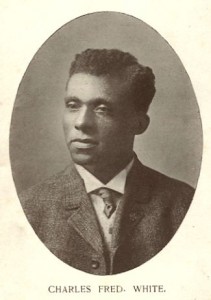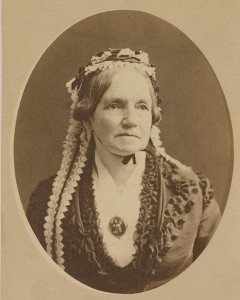The Old Neighborhood
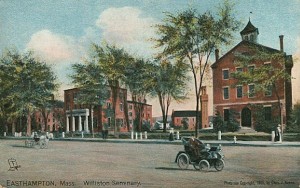
Around the turn of the 20th century, the United States and Europe were swept by a craze for postcards. Useful not only for mail, the cards were snapped up by scrapbookers and collectors. Cities and towns, large and small, published “views.” They were a source of civic pride. Easthampton was no exception. In fact, largely through the enthusiasm of a local shopkeeper and photography buff named Charles J. Keene,1 Easthampton was featured in more postcard images than any other U.S. location except New York. The Williston Northampton Archives hold nearly 300 postcards of the school and the town.
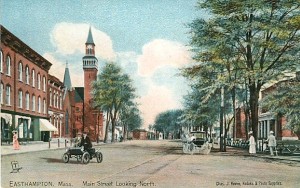
Many of the older and more attractive cards were published by Raphael Tuck & Co., ca. 1890-1915, although the photographs used for the cards sometimes dated from the 1880’s or even earlier. Tuck developed a process of tinting black and white photographs to produce color images via lithographic printing. When images were colorized, they were often altered to include vehicles and people not present in the original photographs.
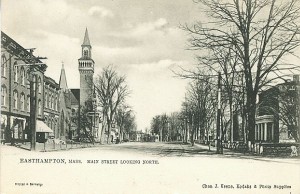
1Keene’s other claim to Williston Northampton fame is that he lived in what is now French House.
(“Wish You Were Here” will be a regular feature of “From the Archives,” probably until we run out of postcards.)
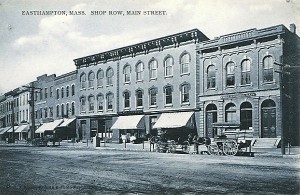
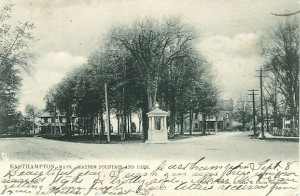
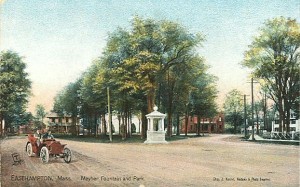
Your comments and questions are welcome! Please use the form below.


